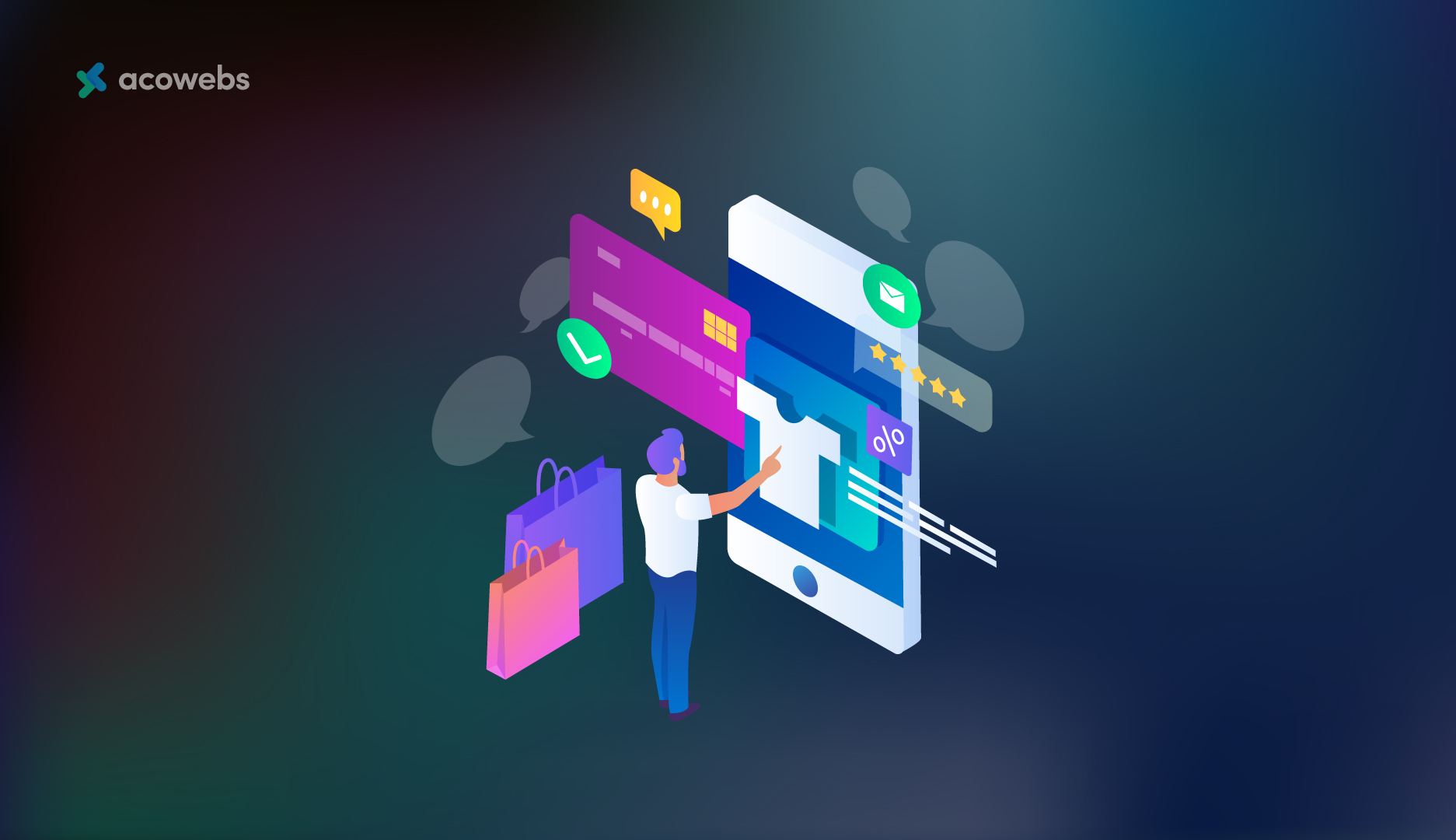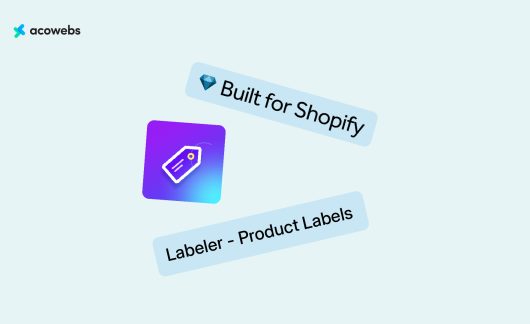Picture this – you start up a virtual storefront, and everything – the products, the recommendations, the messages – feels just right. That’s not a coincidence, it’s hyper-personalization. Online shopping has undergone a significant transformation in recent years.
What used to be one-size-fits-all has become far more exact and personal, as personalization is powered by artificial intelligence. Shopping online is becoming more of an experience than a transaction, as retailers offer great customization options.
AI helps brands understand our buying habits, not just in terms of when we need something but also why and how. For example, product recommendation engines help us discover useful products that we did not know we needed.
This change started bringing hyper-personalization to eCommerce. Presently, the technology can facilitate how we tap into data real time and leverage behavior to predict preferences.
It is no longer just about what is in your cart, but what actually should be in your cart next. For businesses, hyper-personalization is not a fancy but it’s a must to match the competition.
From Personalization to Hyper-Personalization in eCommerce
Personalization is not new as it started with “Hi John Doe” email greetings and product recommendations based on previous purchases. But hyper-personalization goes several steps further.
It uses experiences at every touchpoint, which are shaped by AI with the help of real-time behavioral data and contextual signals.
Unlike traditional personalization, which focuses primarily on static data, such as demographic or purchase history, hyper-personalization analyzes real-time behavior.
The behavior is characterized by mouse movements, time on page, scrolling patterns, and even biometric cues to generate insights that guide immediate action.
How Leveraging AI Powers Hyper-Personalization
Hyper-personalization is driven by the help of artificial intelligence, especially machine learning (ML) and natural language processing (NLP). Leveraging AI is constantly consuming and analyzing data originating from various channels.
The channels include clickstream activity, search queries, social media involvement, previously made purchases, and even IoT devices. This information powers predictive engines that not only identify which products someone should buy, but also determine the best time and method to contact the customer.
For example, an AI engine might decide that sending a push notification at 7:00 PM with a limited-time offer on sustainable beauty products will likely convert a user who previously browsed eco-friendly brands on their mobile late in the evening.
AI has evolved from a specialized tool to a central element of marketing strategies. By 2025, global AI-driven marketing revenues are expected to hit around $47 billion, with projections surpassing $107 billion by 2028.
AI Models Behind the Magic
Behind every eerily accurate product recommendation or perfectly timed discount offer lies a sophisticated web of artificial intelligence models working in harmony. These systems process massive amounts of data, clicks, scrolls, searches, past purchases to deliver experiences that feel surprisingly personal.
Here’s a look at the key AI models driving hyper-personalization in eCommerce:
1. Collaborative Filtering Algorithms
You know how Netflix seems to know exactly what show you’ll want to watch next, or how Amazon suggests something you didn’t even realize you needed? That’s collaborative filtering at work. These algorithms identify patterns in user behavior by comparing people with similar actions.
For example, if two users both bought the same item, and one of them also purchased something else, the system assumes the other might like it too. It’s like word-of-mouth—but powered by data, not conversation.
Netflix employs the collaborative filtering technique to examine the behavior of its users, watch their history, and ratings, and subsequently identify a match among users. Depending on what like-minded people have liked, it suggests programs or films you would probably adore.
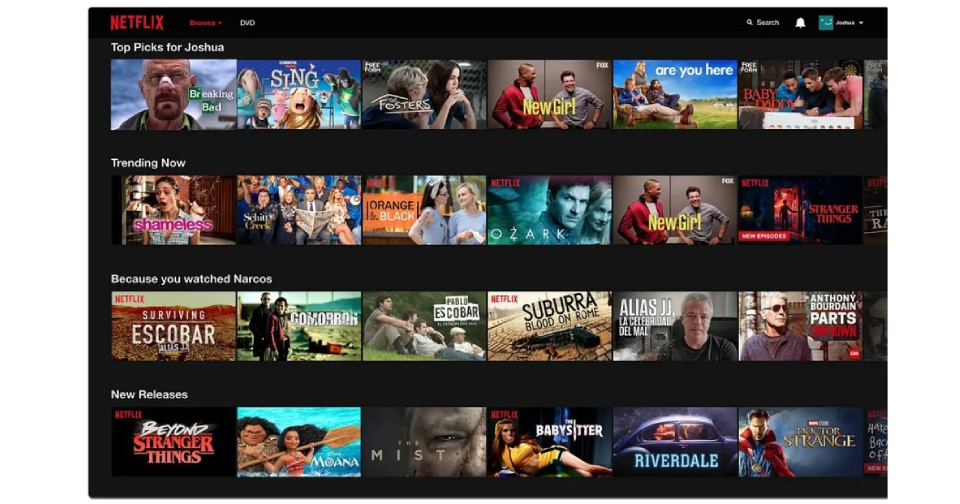
2. Content-Based Filtering
While collaborative filtering is concerned with who buys what product, content-based filtering is concerned with what makes a product appealing. These types of models analyze product features that are material, ingredient, color, or style.
For instance, if a user has always bought products like organic skincare or neutral-toned furniture, the system will prioritize similar options for them, even from less-known brands. It is like having a personal stylist who is aware of your preferences till the last detail.
Spotify checks the song features like tempo, genre, and instruments (acoustic guitar, piano, etc), if you listen to mellow acoustic songs on a frequent basis.

As a result, Spotify will recommend other songs with a similar soft acoustic quality, checking other artists and even other genres you don’t often listen to. In essence, it customizes recommendations using the information about music you liked.
3. Deep Learning and Neural Networks
These are the brainiacs of the AI world. The human brain’s structure inspires deep learning models that can detect incredibly complex patterns in huge datasets.
They can analyze how long someone looks at a product image and how they react to different colors and layouts. Predicting intent through neural networks allows platforms to glean consumers’ next needs based on non-verbal clues they did not know they were giving.
Duolingo’s system notices which lessons you find easy and which ones you find difficult. If you have a habit of getting grammar and vocabulary questions wrong, the deep learning model will inform you through a stern recommendation.
It may even tailor the challenges depending on your previous actions. The more you use the app, the better it gets at predicting your area of focus and real-time adaptation of lessons to your learning pattern.
4. Natural Language Processing (NLP)
Have you ever had a conversation with a customer service bot? That’s NLP in action. NLP allows AI to comprehend and use any verbal or written human language.
In the field of eCommerce, this encompasses the use of more intelligent chatbots, voice-activated assistants, and tools that communicate effectively even when they cannot see you. Such as if a customer frustrates the live chat, then it can escalate the issue or switch to a more concerned response.
NLP makes previously limited interfaces more humanlike in their responses and actions.
The Rise of Zero-Party Data
Third-party cookies are dying due to the GDPR, CCPA, and privacy laws. Firms are concentrating on zero-party data; this is information that customers opt to give away voluntarily and intentionally.
Zero-party data helps companies create more relevant customer experiences that are built with privacy concerns in mind. It differs from first-party and third-party data in that it is volunteered by customers through surveys, preferences, etc.
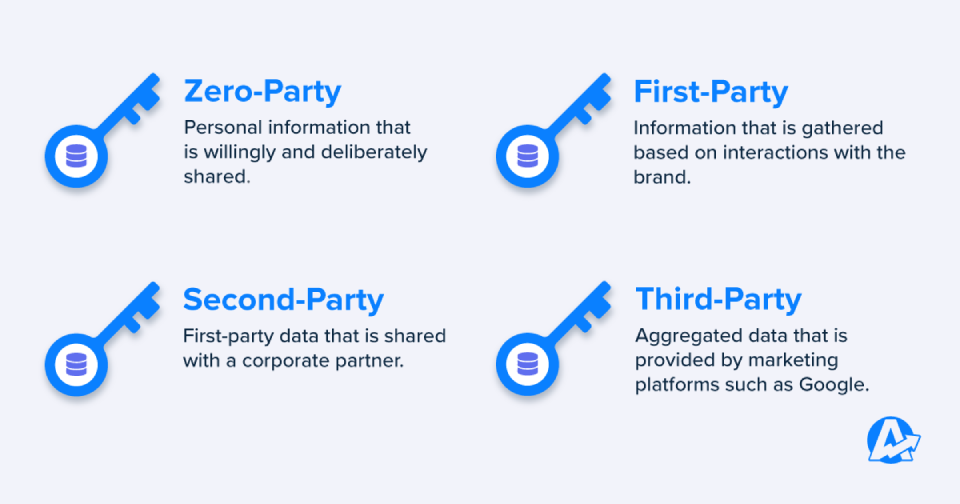
Examples of zero-party data include:
- Choices for a style preference, like clothing.
- Type of skin (for beauty and skincare brand).
- Gaining weight (e.g., shedding pounds through eating or drinking).
AI’s Role in Zero-Party Data
AI helps analyze and act on this data for actionable insights. For example, a customer states that he or she is training for a marathon, so the fitness gear company:
- Suggest running shoes or gear that are suited for the user.
- Offer personalized workout routines or tips.
- Send reminders or motivational content to keep customers on track.
By using zero-party data, brands can increase consumer engagement and create trust through transparency and personalization. As a result, businesses can remain compliant with privacy regulations while offering a more personalized experience.
Predicting Consumer Behavior
Predictive analytics in eCommerce goes beyond analyzing what customers have purchased in the past. AI-enabled today’s systems are able to identify subtle patterns in behavior and action, or response, and can leverage the response they can take for the future.
This can enable companies to act on behalf of their customers in a proactive manner instead of a reactive one. Unlike traditional analytics, which might only show past transactions, AI can analyze browsing behavior, time spent on pages, cart abandonment patterns, and more. It then uses this data to make intelligent predictions about consumer intent and preferences.
Here’s how predicting consumer behavior drives smarter eCommerce strategies:
- Anticipating Future Purchases
AI detects seasonal buying habits. For instance, if a customer regularly shops for home-office gear during the holidays, the system might offer a “workspace refresh” bundle in early November, before the user even starts browsing.
- Timing the Right Offer
Predictive engines estimate the best moment to engage. A shopper who usually buys around payday might receive promotions just before that date, maximizing the chance of conversion.
- Spend Potential
Through historical order value and product affinity, AI can also forecast the amount that a shopper is expected to spend and make product suggestions accordingly, e.g., premium vs. budget products.
- Providing Customized Messages
It can be a discount, a time-sensitive offer, or the emphasis on eco-friendly properties of the product; in any case, AI will choose a type of messaging that resonates with the values and behavior of particular customers.
Native integrations of such predictive tools on platforms such as Salesforce Commerce Cloud and Adobe Commerce allow brands to build hyper-personalized, timely campaigns that are less about advertising and more about useful and timely recommendations.
Emotional AI
One of the most impressive developments in personalization is emotional AI, or technology capable of understanding and reacting to human emotions in real-time.
Employing voice tone, facial expression cues, and text sentiment as cues, these systems allow customizing customer experiences on more visceral, instinctive levels.
How is emotional AI transforming engagement?
1. Interpreting Emotions in Live Communication
Alibaba has applied emotional AI in livestream shopping events in China. The system can tell when viewers are getting emotional (e.g., excited, confused, hesitating) based on comments, reaction videos, or dwell time on particular products, and alter the sales pitch accordingly in the same way that a human salesperson might sense the room.
2. Analysis of Face and Voice to Get More In-depth Information
Affectiva is a U.S.-based startup that has created emotion-recognition technologies, which process facial expressions and voice inflection.
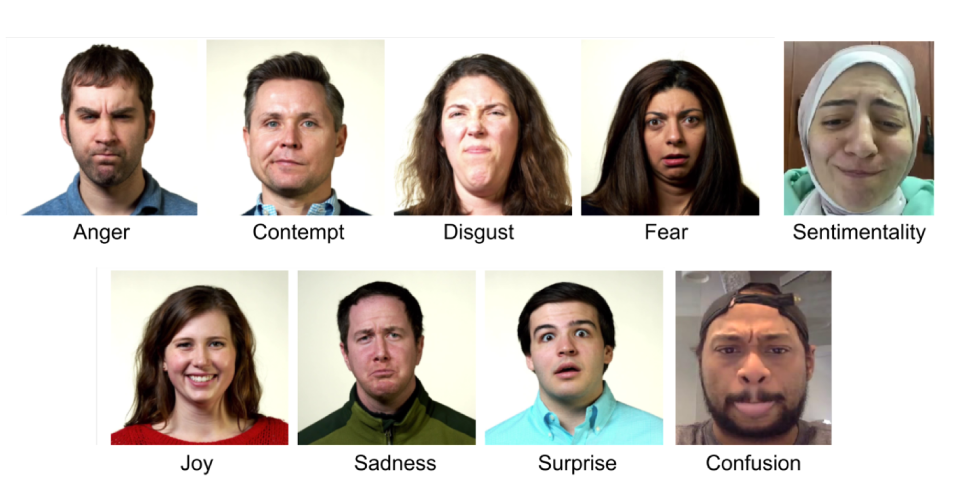
Indicatively, when a customer expresses frustration when using a product demo, the system can either direct them to a different recommendation or invoke a human support intervention, which would enhance satisfaction and curb churn.
These innovations help brands deliver emotionally intelligent interactions, turning basic personalization into a truly human-like experience.
Personalized Loyalty Programs and Dynamic Pricing
Hyper-personalization in eCommerce is also reshaping loyalty programs and pricing models, moving away from static strategies to real-time, individualized incentives.
Key developments include:
- Behavior-Based Loyalty Programs
Instead of generic point systems, AI tailors rewards to individual behavior, offering exclusive perks based on engagement level, purchase history, or product categories browsed.
- Dynamic Pricing That Adapts in Real-Time
AI algorithms adjust prices based on various signals such as customer interest, competitor pricing, and even how long a user spends on a product page.
For instance, a first-time visitor viewing a premium item for two minutes without converting might be offered a 10% discount to nudge them toward purchase.
Retailers like Uber, Booking.com, and Walmart already utilize these strategies to drive conversions through highly targeted, flexible offers, demonstrating that personalization isn’t just about what you see, but also about what you feel and how you behave in the moment.
How to Measure ROI of Hyper-Personalization?
As brands increase spending on hyper-personalized experiences, it’s essential to understand how to measure return on investment (ROI). Traditional performance metrics like conversion rates, average order value, and time on site remain important indicators of success.
The ROI of hyper-personalization can be measured using the following key metrics:
1. Prediction Accuracy
This metric measures how accurately AI can predict individual user preferences, such as the next product a customer will purchase or the content they will consume. High prediction accuracy indicates the system is effectively learning and adapting, minimizing wasted recommendations and irrelevant suggestions.
2. Engagement Uplift
This is the modification of user engagement (e.g., clicks, views, dwell time) when AI-driven personalization is applied. In the instance that the number of user actions increases as a result of personalized product recommendations or emails, it can be concluded that the AI is improving customer engagement.
3. Personalisation Response Rate
This is a comparison of click-through rates or conversion rates of personalized content versus generic messages. For example, if personalized emails have a 15% conversion rate while standard emails convert at 5%, the increase clearly shows that personalization efforts are effective.
4. Churn Reduction
The quality of AI-driven personalization may also be quantified via customer retention. Companies may curb attrition by making relevant offers and timely interventions. A significant reduction in churn, particularly among the segments that were previously at risk, is an indication of a high ROI of AI-powered retention initiatives.
The Future of Predictive Shopping
The next phase of hyper-personalization goes beyond simply reacting to a customer’s past behavior, it’s becoming proactive and even preemptive. This means that AI will not wait for you to search for a product or signal interest. Instead, it will anticipate your needs in advance and offer timely, relevant suggestions.
Imagine opening your favorite retail app and being greeted by an AI-powered avatar that tells you you’re almost out of your moisturizer not because you told it, but because it calculated your usage cycle based on past purchases and habits.
Even more impressively, it doesn’t just recommend the same product again, it suggests a newer, better-reviewed version that aligns with your preferences. This level of foresight transforms shopping into a seamless, intelligent experience that feels personally curated at every step.
1. Integrating AI with AR and the Metaverse
Retailers are also merging predictive AI with immersive technologies like augmented reality (AR) and virtual environments in the metaverse to deliver highly engaging and intuitive shopping experiences.
For example, Nike’s SNKRS app combines AI and AR to predict which sneaker drops will most appeal to individual users based on their browsing and purchasing behavior, then allows them to virtually try on the sneakers using their phone’s camera.
Looking ahead, this concept will evolve into metaverse-based stores, fully digital spaces where you can “walk” through a boutique and receive real-time outfit recommendations from an AI stylist.
This virtual assistant will use data from your fitness tracker, location, or even your recent Instagram posts to tailor the clothing suggestions, making it feel like shopping with a stylist who knows your lifestyle intimately.
2. Mass Customization at Scale
Perhaps the most transformative development is the rise of generative AI, which allows brands to go beyond recommending existing products to creating new, custom ones tailored to individual consumers.
With access to detailed user profiles, such as skin type, color preferences, past behavior, and environmental factors, AI can help brands design personalized products on demand. For example, a clothing brand could use AI to generate unique clothing prints based on your style.
What used to require a bespoke, expensive process is now scalable, thanks to AI-driven automation. This capability represents a shift from mass production to mass customization, where the focus is not just on personalization of marketing, but personalization of the product itself.
Conclusion
Hyper-personalization in eCommerce, powered by AI, is revolutionizing online shopping by predicting consumer behavior with unprecedented precision. Through collaborative filtering, deep learning, NLP, and zero-party data, leveraging AI tailors recommendations, timing, and pricing to individual preferences.
Emotional AI and dynamic pricing further enhance engagement, while predictive analytics anticipates needs before customers even search. The future lies in proactive AI, AR/metaverse integration, and mass customization, transforming shopping into a seamless, bespoke experience.
As privacy regulations evolve, zero-party data ensures transparency. For businesses, hyper-personalization isn’t optional—it’s essential to stay competitive, drive loyalty, and maximize ROI in an increasingly data-driven marketplace.
Acowebs are the developers of woocommerce product add-ons which is a optimized, lightweight, and fruitful plugin that is simply the best to add extra product options using its custom form builder easily. woocommerce product options also comes with drag and drop form builder, 22+ field types and custom price formula.












 Login
Login
 Cart
Cart